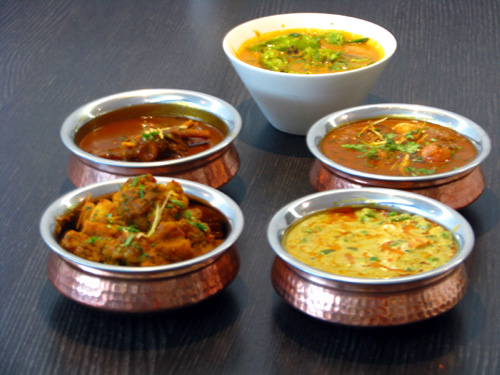Facts About Curry
Curry is a remarkably diverse dish originating from the Indian subcontinent, celebrated for its rich and complex blend of spices and herbs such as turmeric, cumin, coriander, and chili. Traditionally cooked in a sauce, curry manifests in various forms, each characterized by a unique mix of spices and cooking methods. The term "curry" actually derives from the Tamil word "kaṟi" which means sauce or relish for rice.
Curries can incorporate an array of ingredients, including fish, meat, poultry, shellfish, or vegetables. Depending on the amount of sauce used, they can be either dry or wet. The history of curry dates back to ancient times and has been influenced by numerous cultures, including the Mughal Empire and the Portuguese. Today, curry is enjoyed globally, with each region adding its own distinctive touch. You can find unique curry preparations in countries such as Bangladesh, India, Pakistan, Sri Lanka, Malaysia, Thailand, Japan, Korea, the UK, South Africa, and the West Indies.
In the UK, curry has become so ingrained in the culinary culture that it is often regarded as a national dish. Numerous Indian restaurants offer a wide variety of curry dishes. The first Indian curry house in England was opened in 1810 by Sake Dean Mahomed. British adaptations of curry include dishes like bhuna, biryani, korma, madras, vindaloo, and many more. In the US, "curry" commonly refers to a range of spiced dishes, while in countries like Fiji, curry is a staple often served with rice or roti.
Curry powder—a spice blend created by the British to replicate Indian flavors—typically contains turmeric, coriander, cumin, fenugreek, and other spices. In Western countries, commercial curry powders often highlight turmeric as a key ingredient. In India, however, curry powders and pastes vary widely, incorporating spices like allspice, mustard, cinnamon, cloves, and cardamom depending on the region.

 Myanmar (Burma)
Myanmar (Burma)